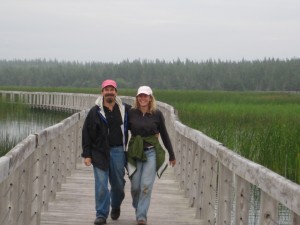04 Mar Reasons to Move
Some of us are exercise junkies.
Some not. Some of us enjoy a good, brisk, long walk. Provided some tidy conditions are met: the weather must be perfect and there must be a perfect chat companion. If the weather is cold, companion taciturn or absent, or we just don’t feel like it, it’s tough to motivate sufficiently to move our bodies.
In Ayurveda, as well as any other system of health, we appreciate the value of exercise. But some of us need a bit more inspiration and convincing than others. Enter Gil Headly, ladies and gentlemen, with a video that convinces me to move.

After I watch this film, I walk a little crazy…a little flailing of each joint, just to make sure the fuzz gets gone. It provides motivation.
So does this:
If someone is, say, admitted to the hospital and has to lay flat, their osteoclastic (that is, bone depleting) activity will increase 40% over their osteoblastic (bone building) activity within 24 hours. What that means is their bones will break down 40% faster than they will build. And their overall blood volume will decrease by 10 % in that 24 hr period. Next day, same thing: 40%. 10%. This is why it can take someone 2-3 months of exercise and normal movement to regain the bone density they can lose in 2 days. This is what I was told by MD and alert student of Ayurveda, Dr. Rich Kaplan.
Dr. Kaplan also gave me a paper on the “Hazards of Hospitalization of the Elderly” by Morton C. Creditor, MD[1], noting the factors that contribute to the dramatic decline of the conditions of the elderly, once they are bedridden for even a few days. Though the paper mostly related to the elderly population, it included some take home messages for all of us. Consider these salient points:
- For normal, healthy men, vertebral bone loss increases to 50 times the normal rate when they are bedridden. It takes four months for them to restore the bone loss that occurs within 10 days of bed rest.
- Young men lose 10% of their muscle strength within one week of being bedridden. When they don’t have any voluntary muscle contraction, it decreases 5% per day.
- Bed rest, laying flat on your back, results in significant loss of plasma volume. Then, when you get up, you are weaker, more light-headed and faint and have less tolerance for exercise.
So, with our stressful lives, we often want to lay on the couch. Not at all a bad idea, unless you’ve been sitting at a computer all day. Then it might be a good idea to add in some movement to your dinacharya.
(this post is repurposed from a blog post by Dr. Welch 30 November, 2010) copyright Dr. Claudia Welch 2011
[1] Morton C. Creditor, MD. Hazards of Hospitalization of the Elderly Annals of Internal Medicine. 1993;118:219-223.


